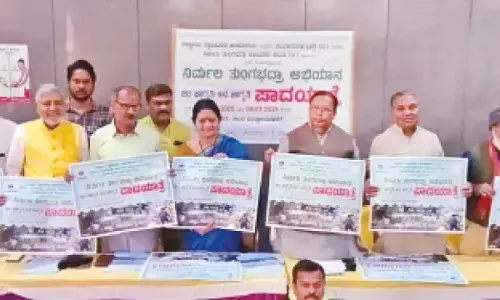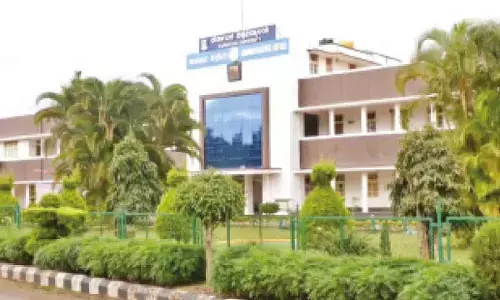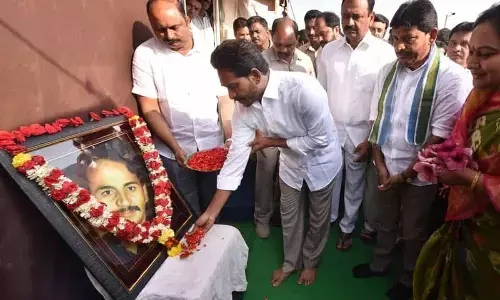Making odd-even formula work

As Delhi’s odd-even road-rationing for vehicles restarted on April 15 for 15 days, the positive response of last time will be difficult to sustain through forced compliance and the absence of incentives to use public transport.
As Delhi’s odd-even road-rationing for vehicles restarted on April 15 for 15 days, the positive response of last time will be difficult to sustain through forced compliance and the absence of incentives to use public transport.
Studies conducted over the last four years at the IIIT-Delhi surveyed commuters who did not use buses for their daily commute to work. When we categorised them by monthly income, we found that more than 39 per cent of commuters in the least income group (less than Rs 30,000 per month) used a car for commuting.
This implies commuters in Delhi are reluctant to use buses, which carry 42 per cent of all commuters (25 per cent use the Metro and 25 per cent use private vehicles), primarily because they perceive buses as being overcrowded, according to our research. Fare, safety and security are minor concerns.
Despite having India’s largest metropolitan road network, Delhi roads are congested because it also has more vehicles than any Indian city: three million cars and 5.5 million two-wheelers, with more than 1,000 added every day, according to Delhi Statistical Abstract.
What Delhi’s commuters want: More buses
Overcrowded buses were the leading concern even of those who did not use buses, our perception analysis showed. Timeliness, directness, punctuality and accessibility were the other concerns. Clearly, adding buses is a necessity to expand the reach of buses and shift people away from cars.
Globally, several interventions have been made to change commuter behaviour and move them to public transport. These include separate lanes for buses, similar to the now-dismantled BRT, and a congestion charge for private vehicles. The outcome of such interventions is positive. Additionally, supply-side interventions, such as more buses to ensure standing and sitting space, more direct links and integration of public transport for hassle-free ticketing can get more users on board.
Our on-going research almost done uses sophisticated mathematical modeling to determine how buses can be optimally added/reassigned to different routes in the network, incorporating given policy constraints. We are also developing methodologies to address other commuter concerns.
Delhi bus commuters are willing to pay higher fares – if services improve. Up to 60 per cent commuters currently using private vehicles expressed willingness to move to buses if there are more buses, more direct links and more space.
We also found that existing bus commuters do not see higher fares as an inhibiting factor, implying that bus fare the minimum is about 28 per cent and 67 per cent lower in Delhi than Mumbai for AC and non-AC buses respectively can be increased without affecting ridership.
Lastly, a hike in parking fees and innovative parking as infrastructure, such as the Sarojini Nagar multi-level parking, are other ways to reduce traffic congestion and subsequently pollution. International experience in various cities of comparable characteristics indicates that smart parking strategies help move commuters to public transport.
Vehicular pollution in Delhi can be controlled by taking difficult steps beyond “odd-even” to rid the city of congestion, incentivising the use of public transport, and a milder-than-odd-even disincentivisation of private transport.
By Nomesh Bolia








